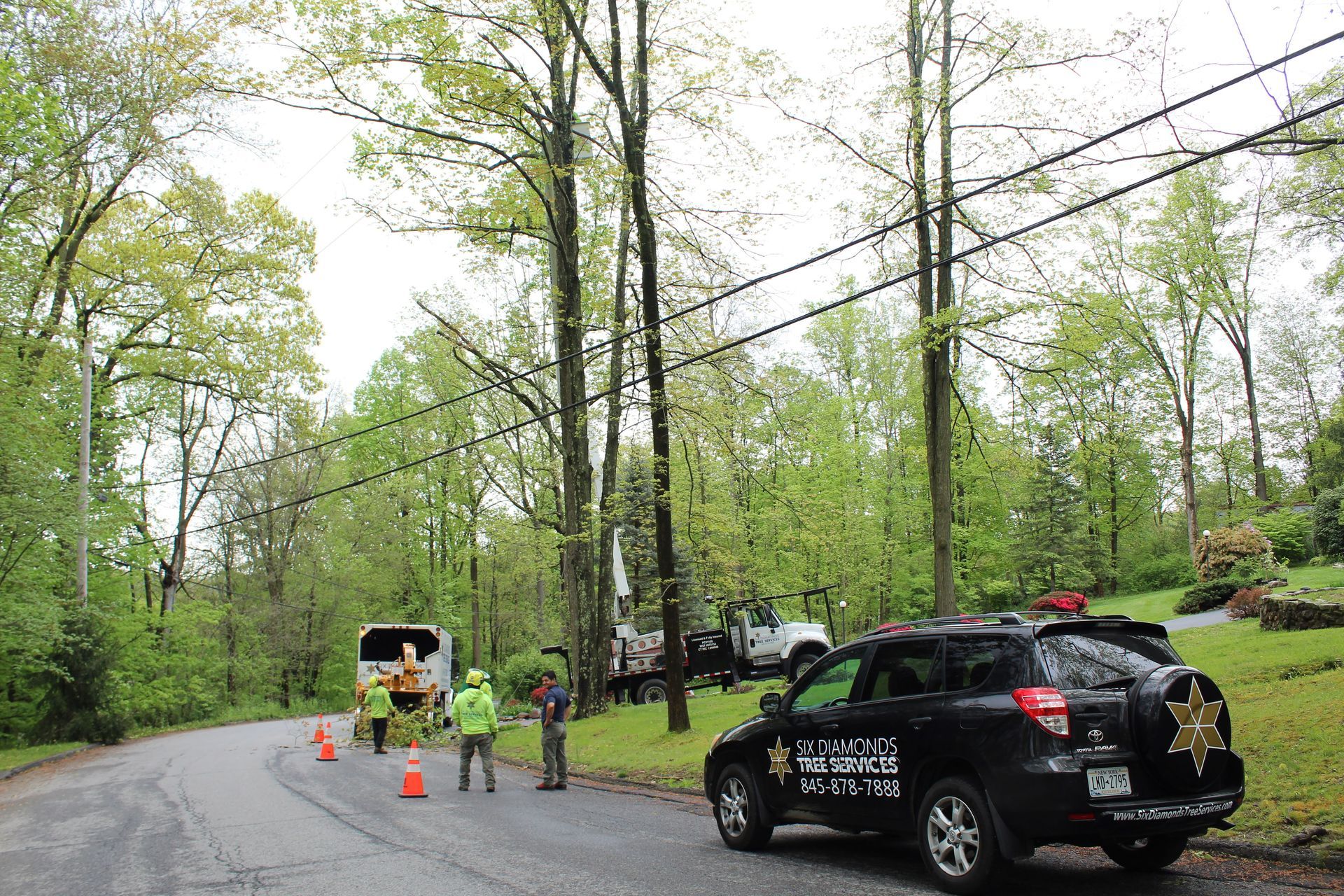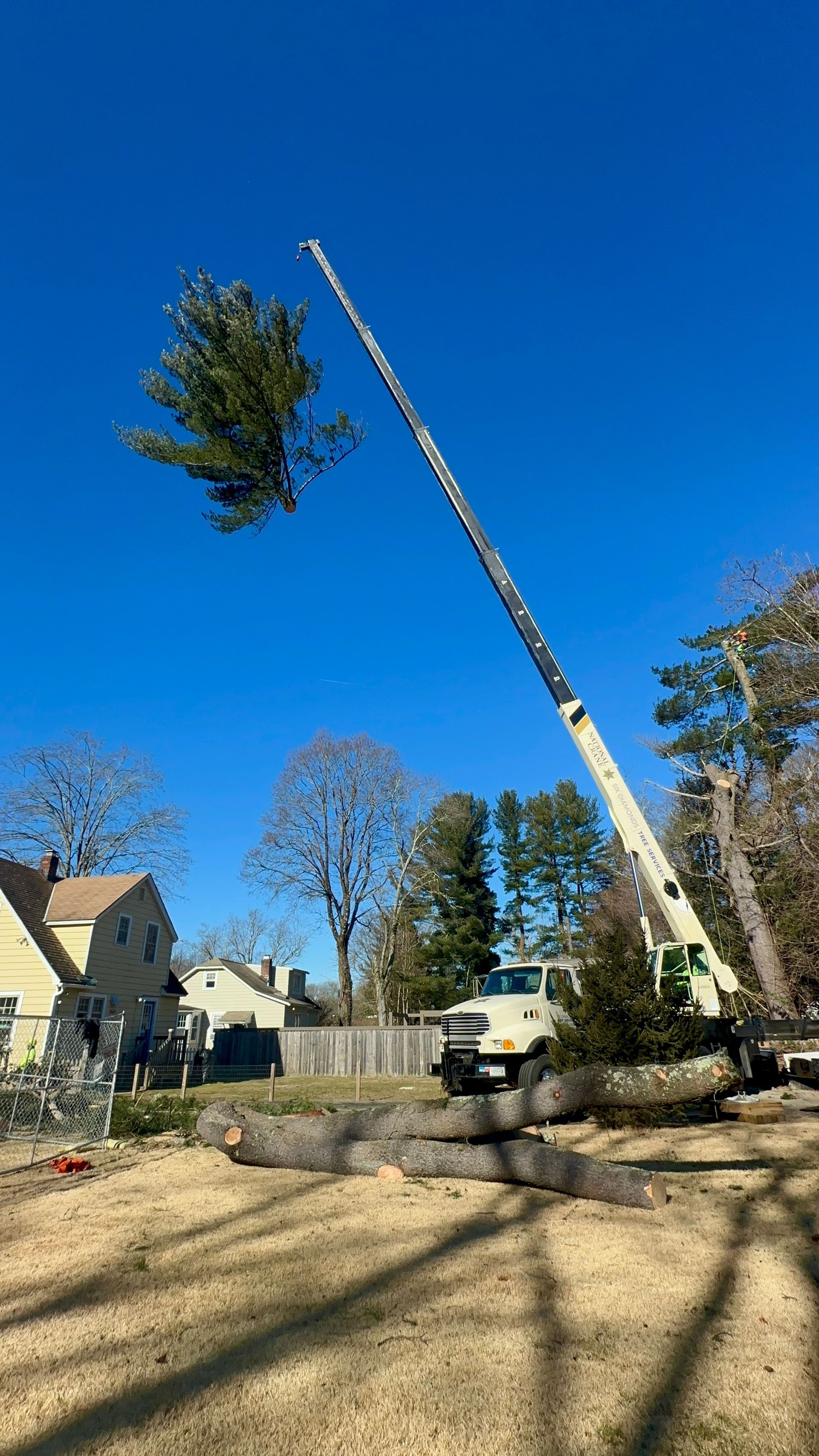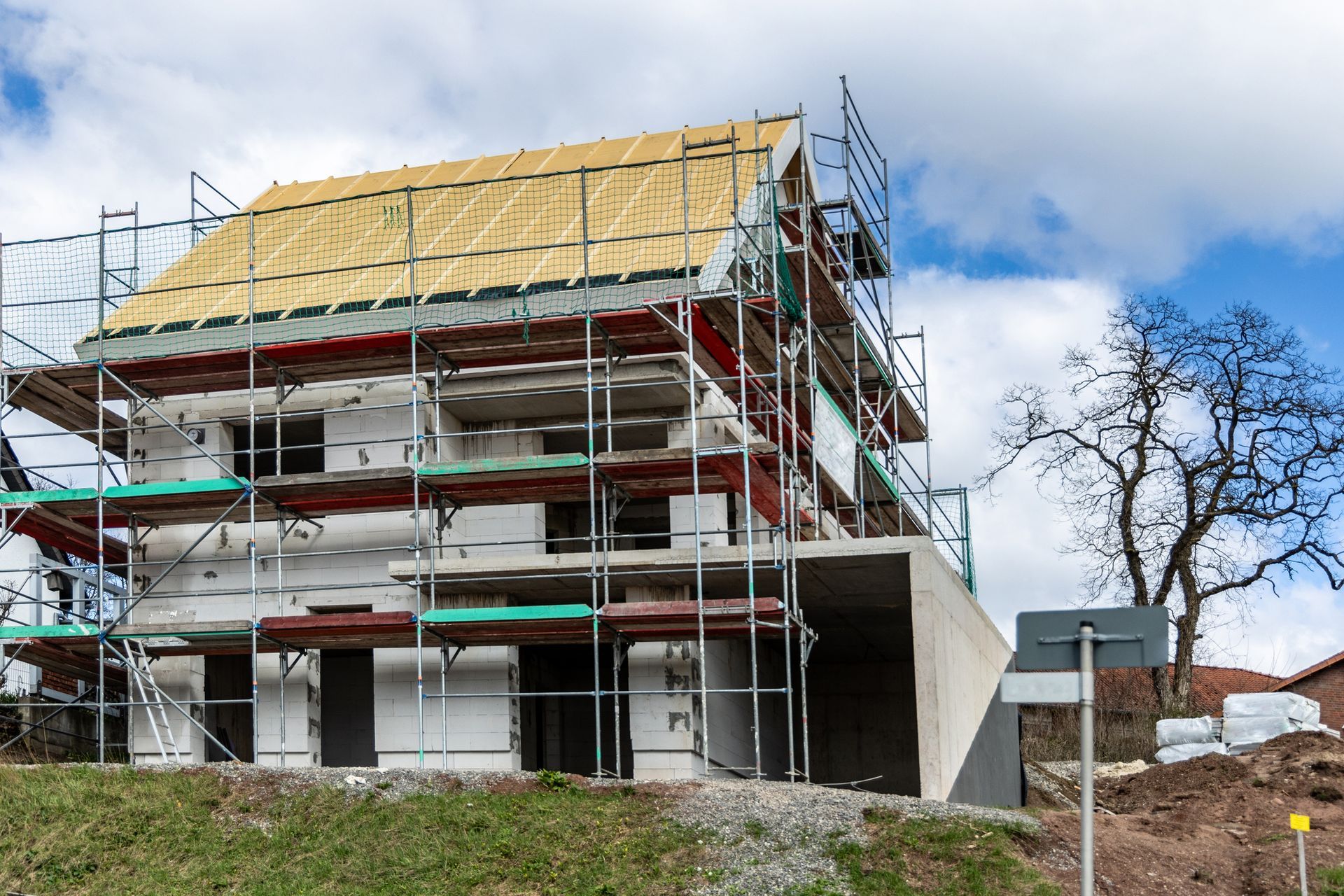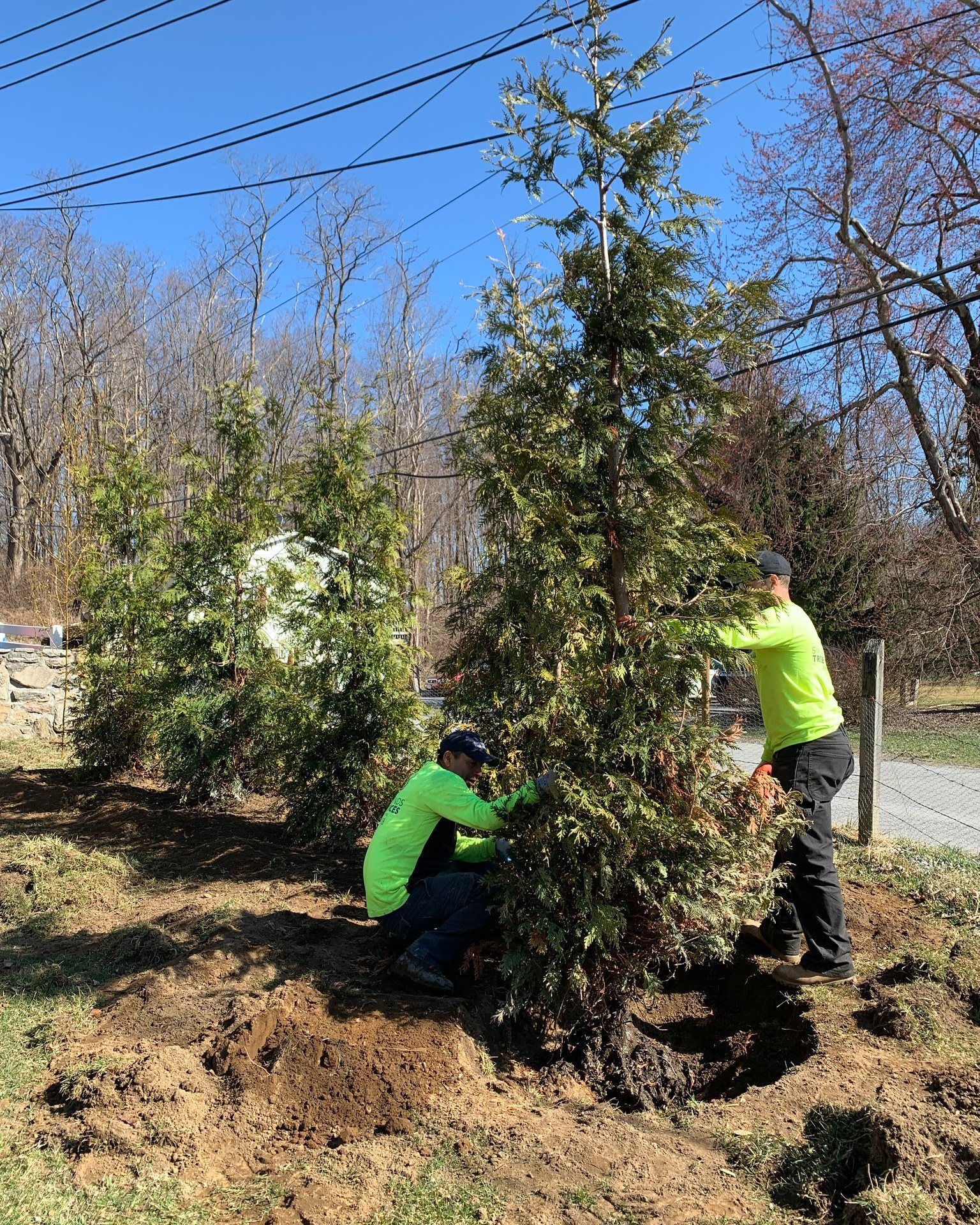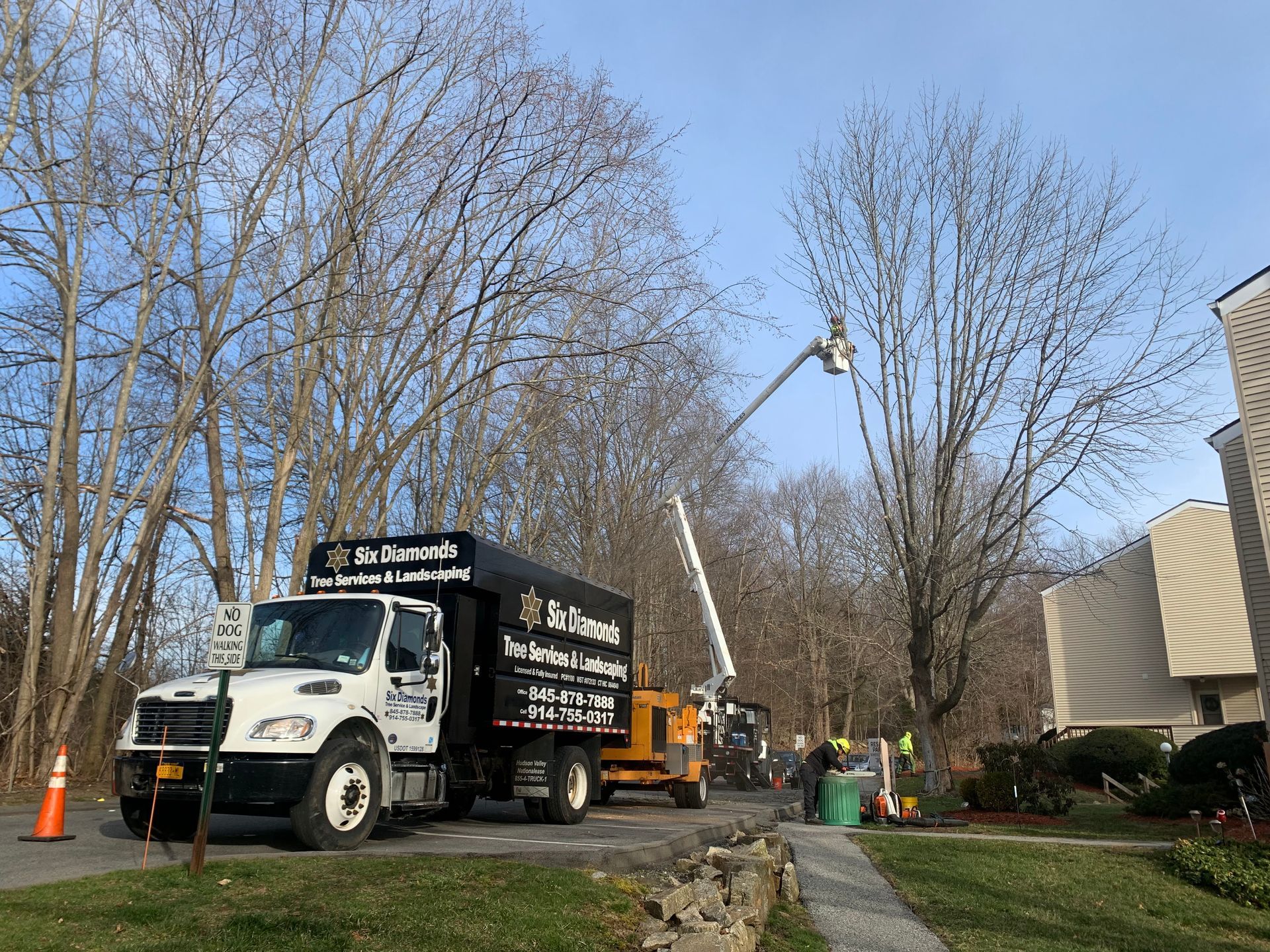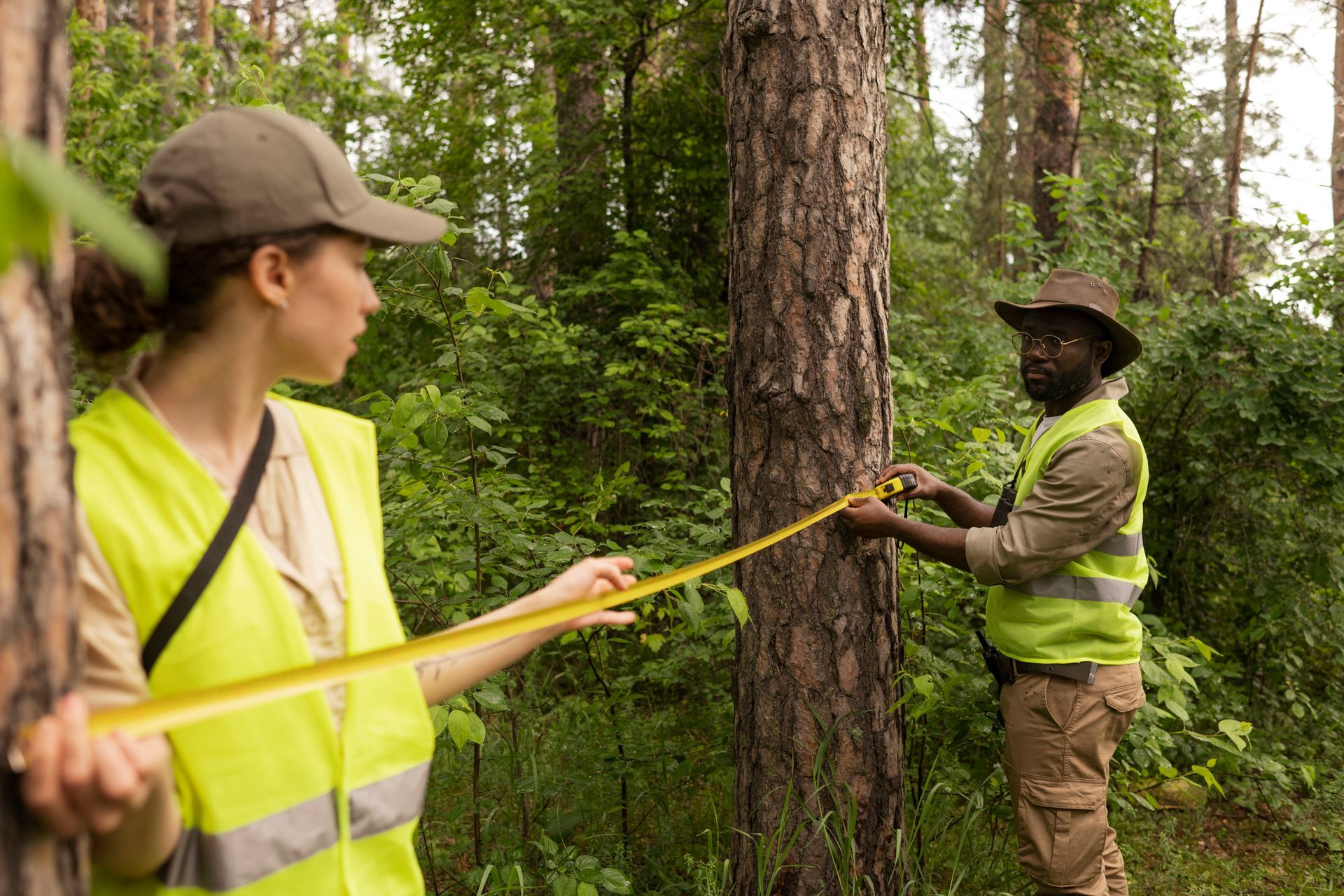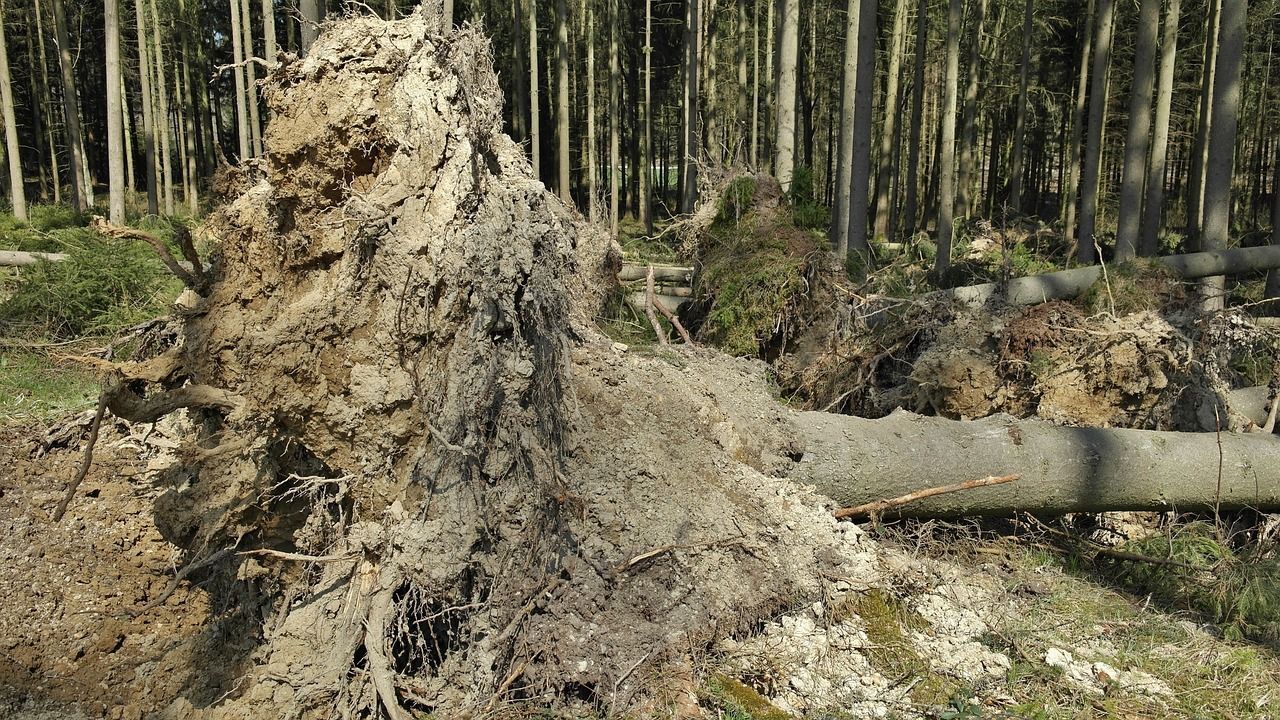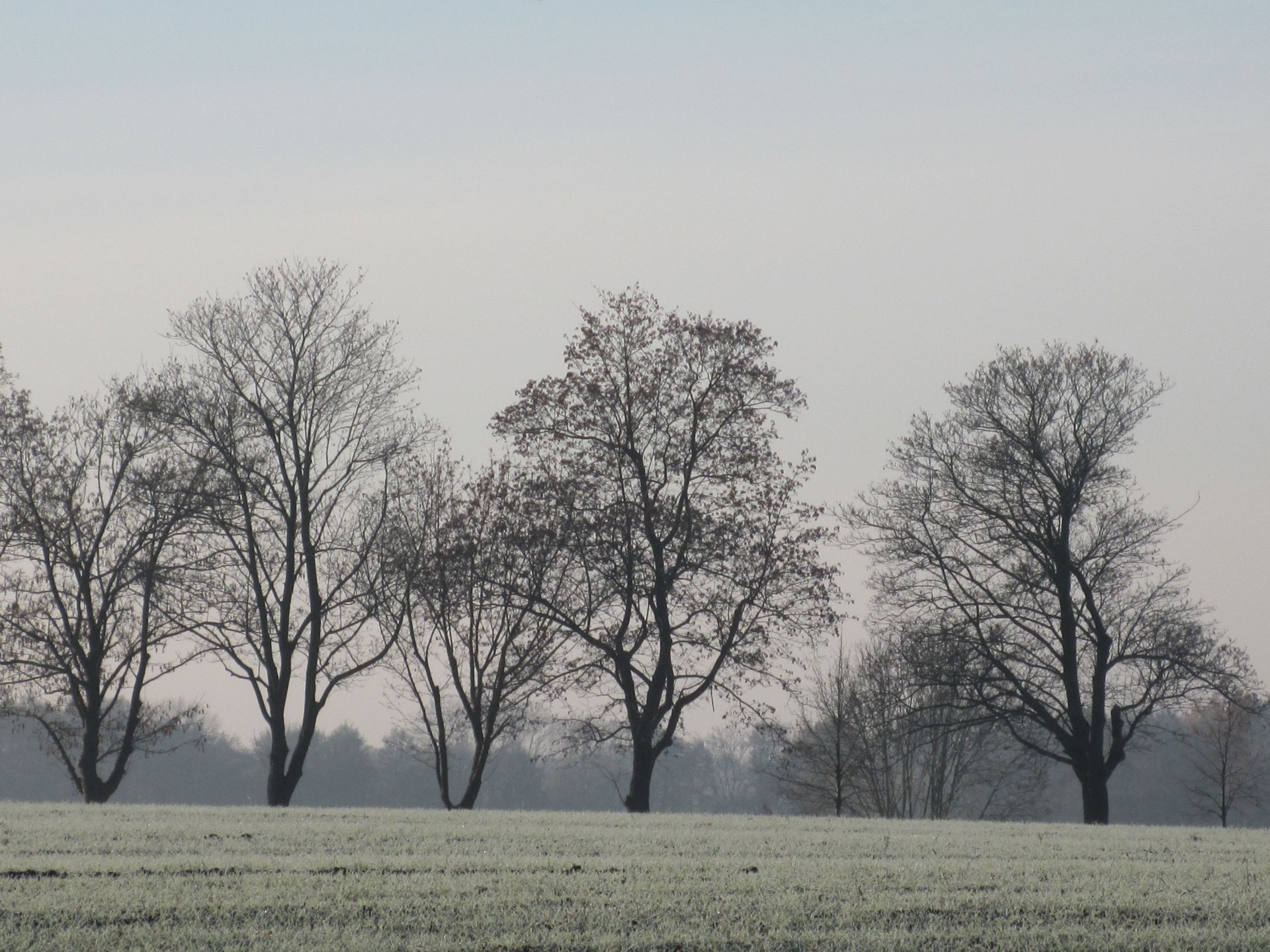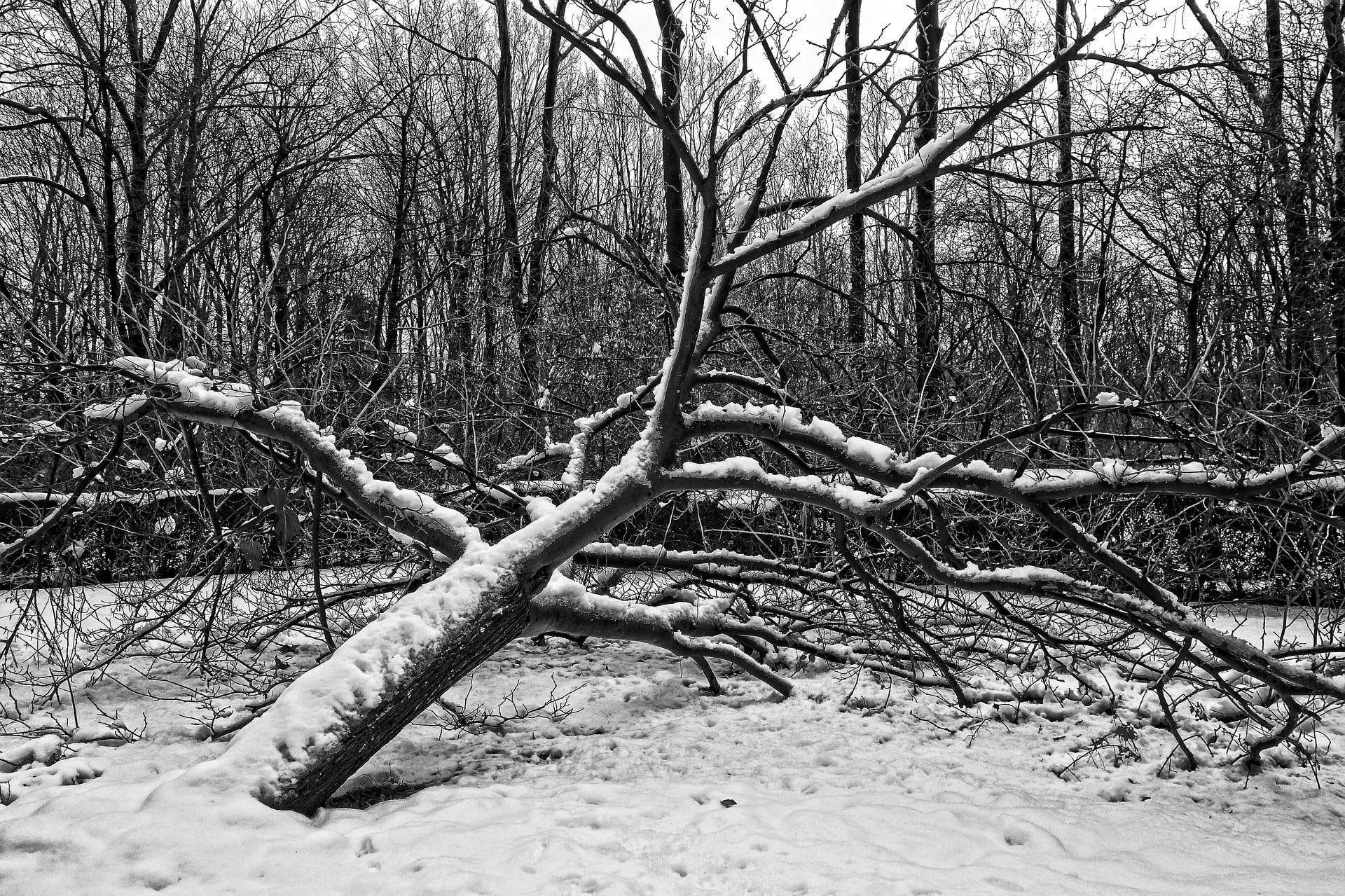Six Diamonds Tree Services, Inc
How To Tell If My Tree Is Dead or Dormant?
Published by Six Diamonds Tree Services December 8, 2023
During the winter season, trees enter a dormant phase to shield themselves from the severe winter conditions. While this is a natural occurrence for trees, their dormant appearance may sometimes resemble that of dead trees, making it challenging to distinguish between the two states. Identifying whether a tree is dead or simply dormant for the colder months often requires the expertise of a trained professional. Here are some useful tips to assist you in determining whether your tree is in dormancy or deceased.
Inspecting Tree Buds
Determining whether a tree is dormant or not can be done by examining its buds. When a tree is in its dormancy period, the buds will continue to grow from the tree's crown, indicating that the tree is still alive. In contrast, if the tree is dead, there will be no new growth or buds present on any part of the tree.
Snap and Scratch Test
Testing the health of a tree can be done by snapping and scratching its branches. When a tree is alive and healthy, its branches will snap easily. Conversely, if a tree is dead, the branches will bend instead of snapping in half. This difference in behavior can be attributed to the cambium layer located beneath the bark. In a live tree, the cambium layer should appear fresh, green, and slightly damp. Conversely, in a dead tree, the cambium layer will be dry. By snapping a branch and observing the condition of the cambium layer, you can determine if the tree is alive or dead. Additionally, gently scratching the bark can help reveal and assess the underlying tissue for further confirmation of the tree's health status.
Evaluate the Roots
The root system plays a crucial role in the tree's vitality and serves as a key indicator of its well-being. If the tree's roots exhibit signs of decay, it may signal that the tree is either deceased or in a critical state, potentially paving the way for fungal growth in the tree's base or the nearby soil. The emergence of fungi could further suggest that the tree is already undergoing decomposition.
Assessing the Health of the Tree Trunk
The trunk of a tree serves as the primary support system, essential for maintaining the tree's structural integrity and overall health. Any signs of decay or damage in the trunk can significantly impact the well-being of the tree. A healthy trunk should exhibit an upright posture and remain free from visible indicators of harm, such as cracks, splits, wounds, or decay. Additionally, it is important to ensure the trunk maintains a consistent diameter without any abnormal swelling or shrinkage.
Conversely, a dead or dying tree often displays evident symptoms of trunk decay, including soft or mushy areas, bark loss, or hollowing. Monitoring the condition of the trunk is crucial in identifying potential issues and preserving the vitality of the tree.
Examine the Bark
A thriving tree naturally undergoes a process of shedding its old bark to make way for fresh, healthy bark to grow. Conversely, a tree that is deceased or in decline will fail to produce new bark as the old layers deteriorate, resulting in the retention of unhealthy bark that may appear discolored or peel off.
Check for Diseases, Pests, and Parasites
When inspecting your tree for diseases, pests, or parasites, it is crucial to look for specific indicators that can help differentiate between dormancy and potential death. Common tree diseases encompass fungal, bacterial, and viral infections, as well as various blights, each exhibiting distinct symptoms like discoloration, wilting, cankers, lesions, and abnormal growth patterns. By closely observing your tree's foliage, branches, and trunk, you can spot these signs of disease. Severe symptoms, such as significant dieback or complete defoliation, may suggest the tree is in a state of decline rather than dormancy.
Protect Your Property by Scheduling Tree Removal Services from Six Diamonds Tree Services
Here are some simple ways to distinguish whether your tree is dormant or deceased. Recognizing the condition of a tree, whether it is alive or in decline, is crucial to preventing potential harm to your property. The most reliable method to ascertain if your tree is merely dormant or in the process of dying is to have it inspected by a professional tree service, like Six Diamonds Tree Services in Pawling, NY. Our skilled team of arborists can evaluate your trees to determine their vitality and deliver secure and efficient tree removal solutions.


